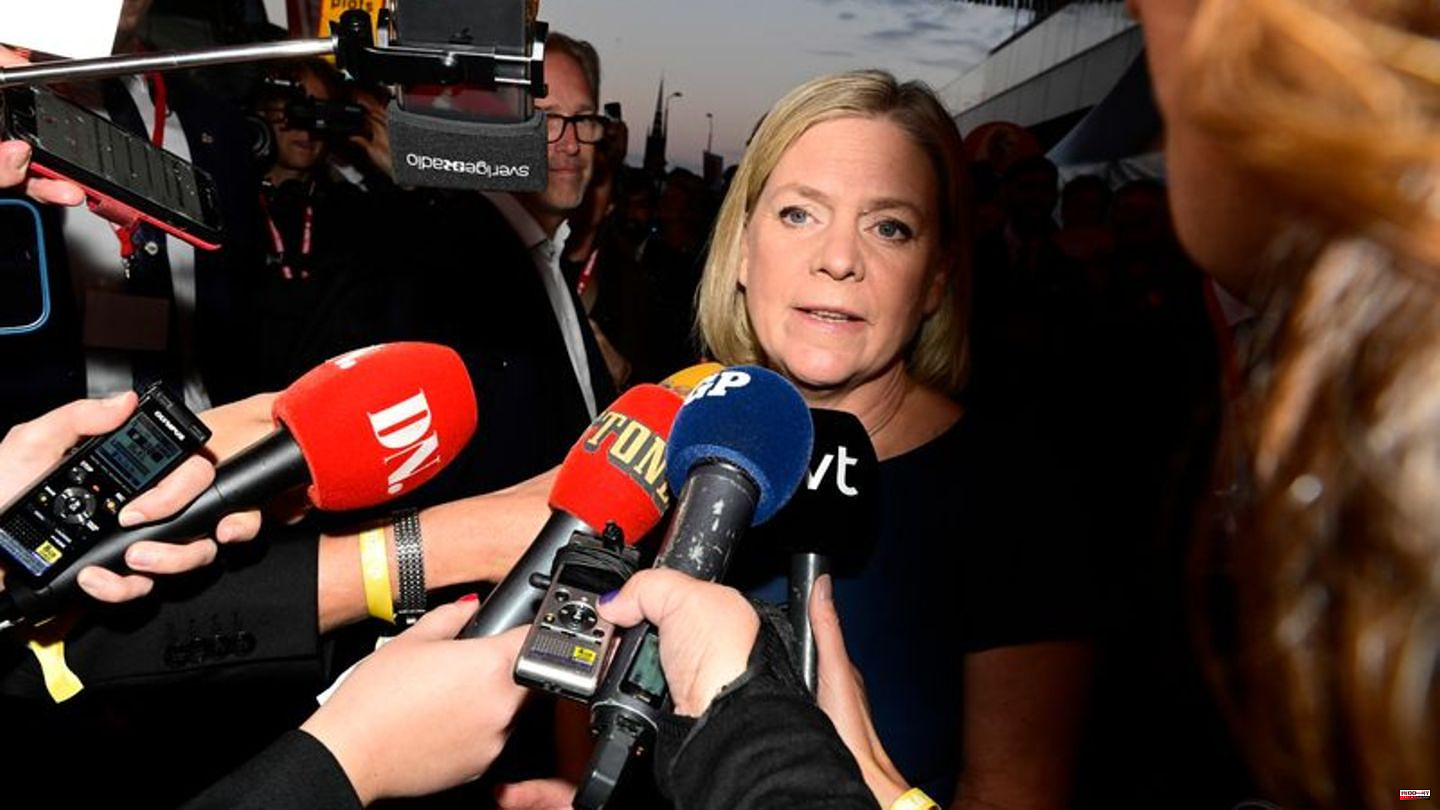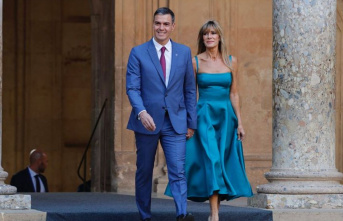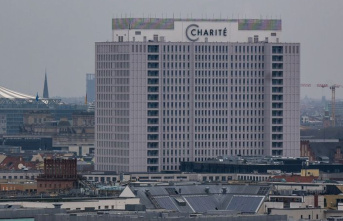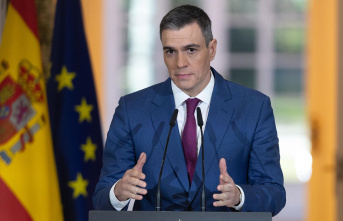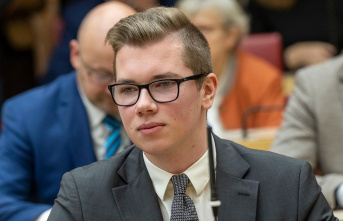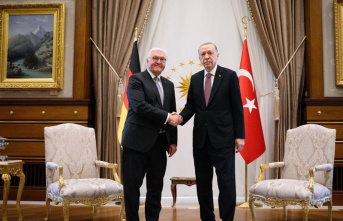In the parliamentary elections in Sweden, the extremely close race for a majority tipped in favor of the conservative camp. After counting a good three quarters of the votes, the four-party bloc around the top candidate and moderate leader Ulf Kristersson, including the right-wing populist Sweden Democrats, was slightly ahead of the camp of the social democratic Prime Minister Magdalena Andersson. Initial forecasts initially saw Andersson's side just ahead.
Late in the evening, it was not yet clear who would ultimately have the parliamentary majority on his side. The head-to-head race was so close that many top politicians were initially reluctant to make statements in the evening. Only one word was repeated at the various election parties: "Exciting!" The Swedish media spoke of a "valrysare" - an election thriller.
The eight parliamentary parties in Sweden are currently divided into two groups of four - a left-wing and a conservative block. Before the election, Andersson's side had the minimum majority of 175 of the 349 seats in parliament, Kristersson's bloc 174. In the late evening, the situation at the Swedish radio station SVT was exactly the opposite: Kristersson's camp there had 175 seats and Andersson's 174 at around 11:15 p.m.
Looking at the individual parties, however, the result is quite clear: Andersson's Social Democrats remain the strongest force in Sweden. After counting 75 percent of the votes, they were at 30.4 percent. The Sweden Democrats, who were at 20.7 percent at the time, became the second strongest force for the first time. Kristersson's moderates followed in third place with 19.0 percent.
Lengthy formation of government expected
Regardless of the outcome of the election, Sweden is likely to face a lengthy process of forming a government, as it did after the general election four years ago. The conservative-right bloc is actually backing Kristersson, but Sweden Democrat leader Jimmie Åkesson could also make claims given his party's strong showing.
Andersson was only elected Prime Minister of Sweden in November 2021, succeeding her party colleague Stefan Löfven and becoming the first woman ever. Since then, the former finance minister has led a minority government made up entirely of Social Democrats, which has so far depended on the support of the liberal Center Party, the Left and the Greens in the Reichstag. Meanwhile, Kristersson relies on moderates, Christian Democrats and Liberals - and the Sweden Democrats, who have been completely outside of it for a long time.

